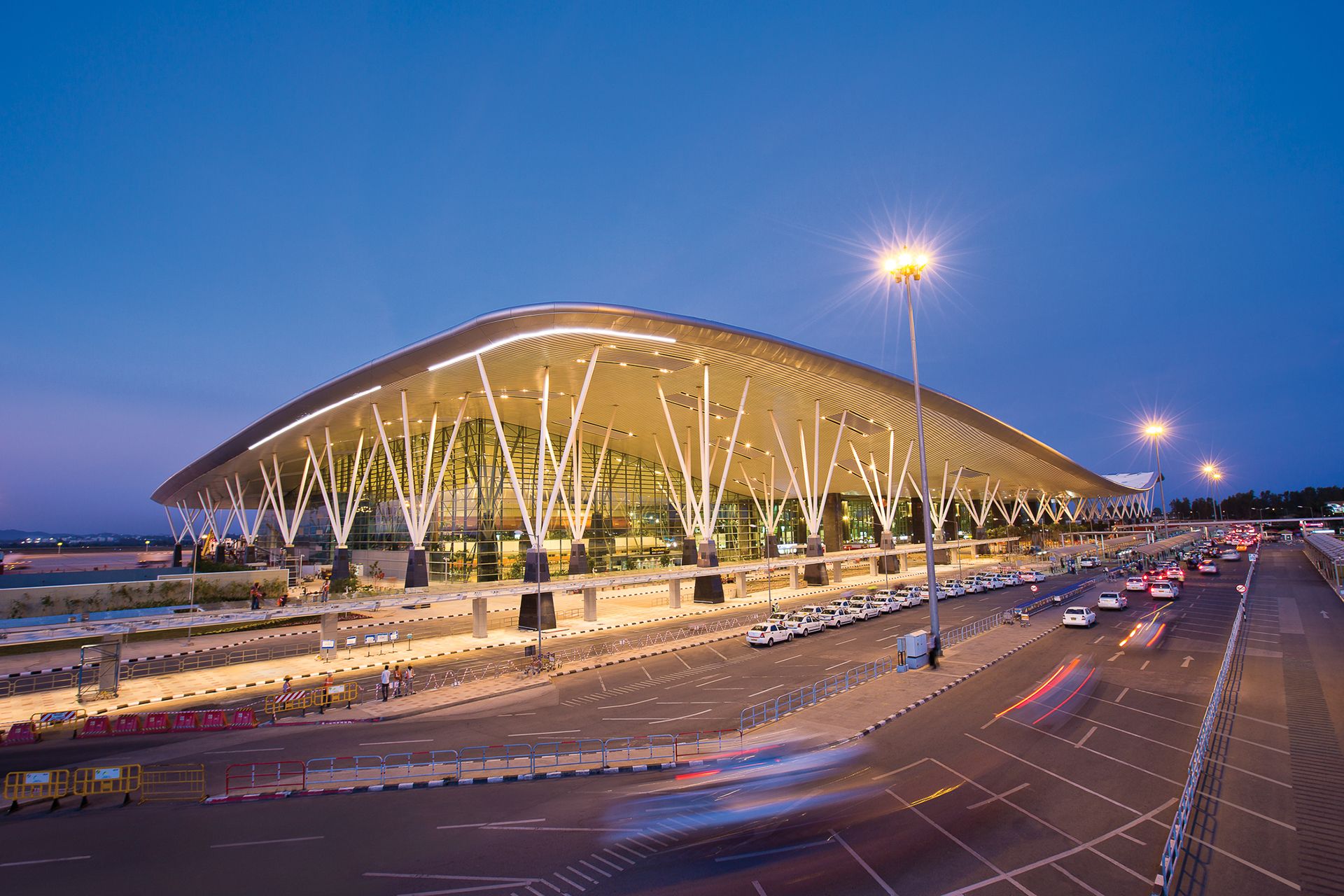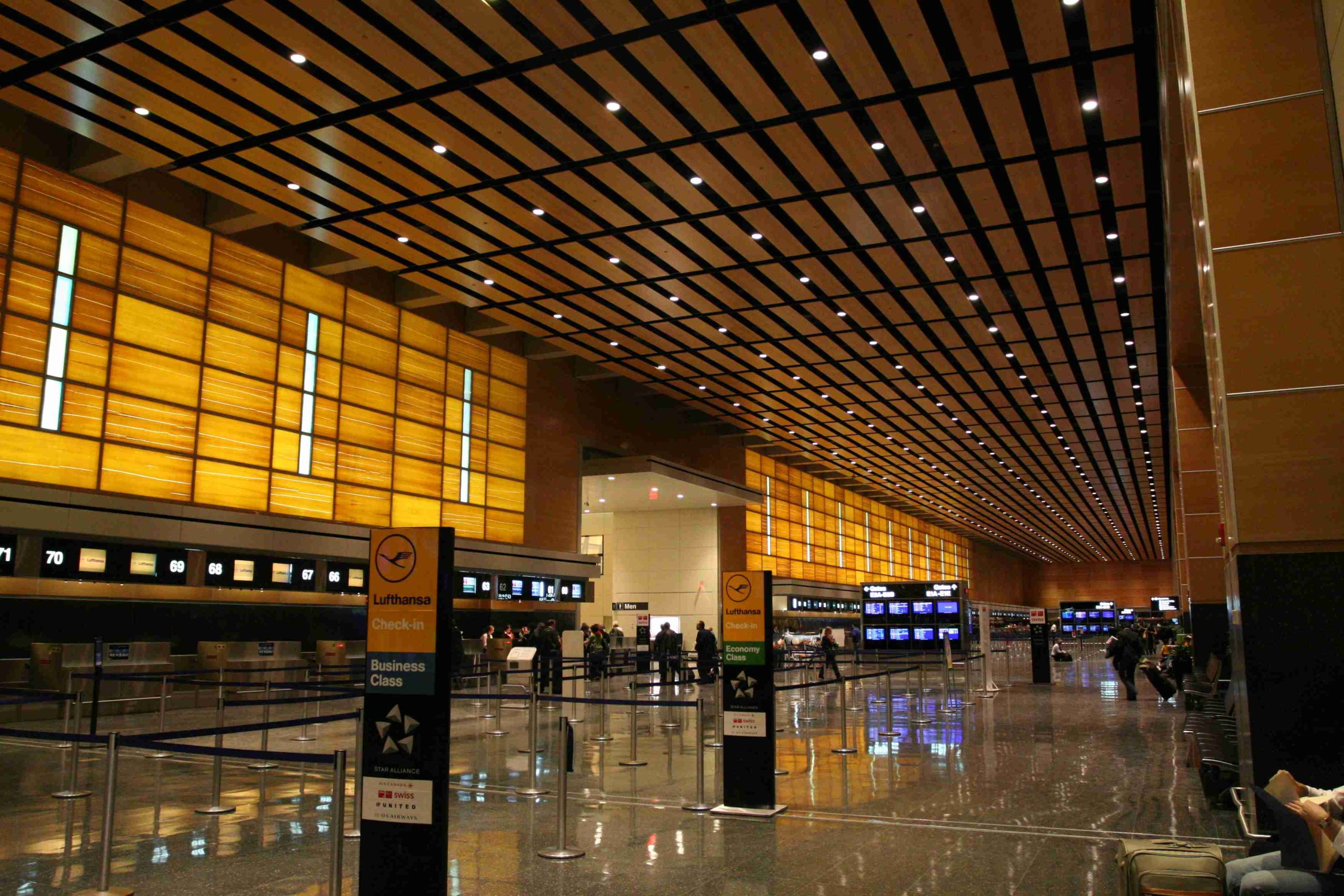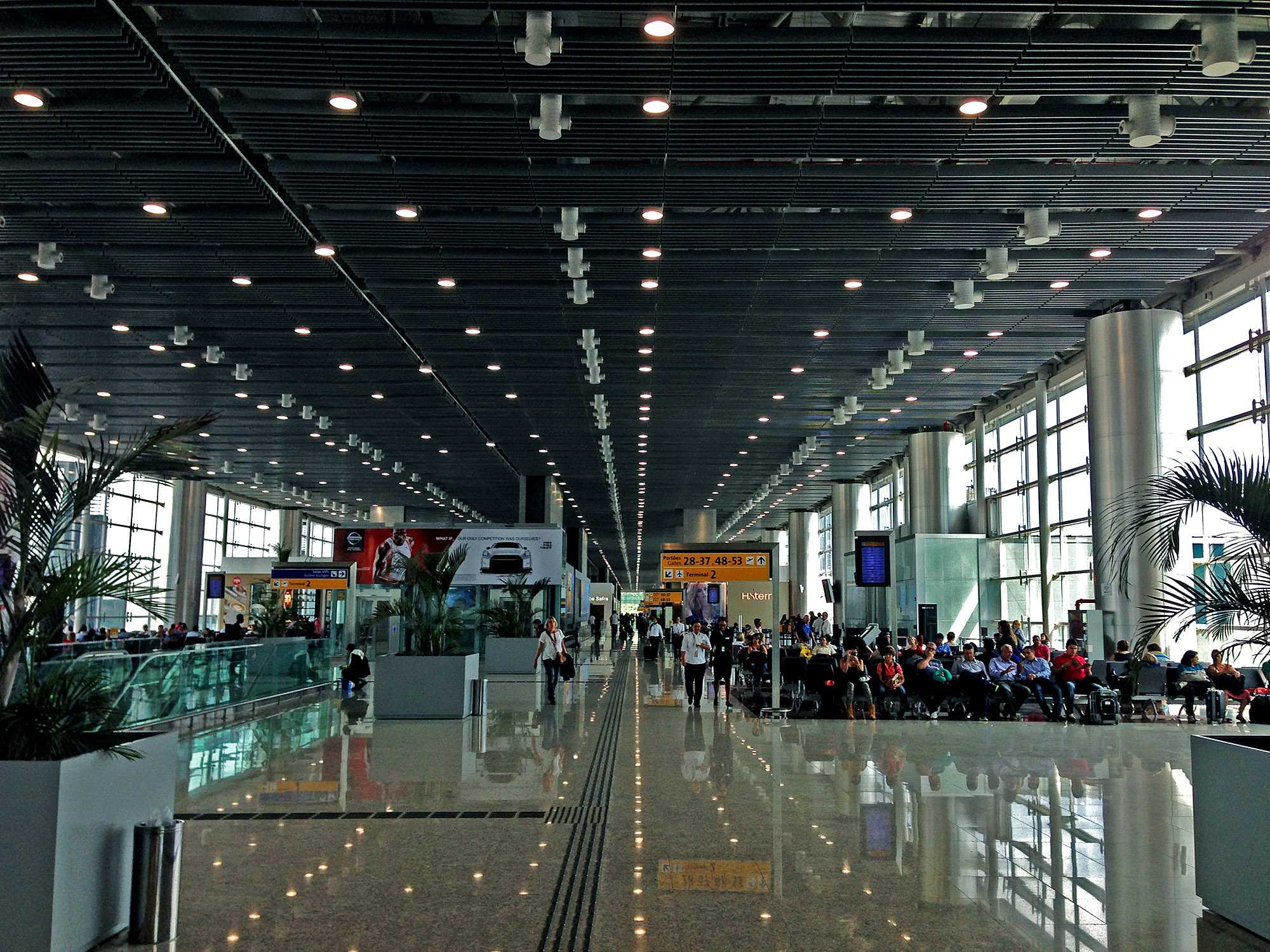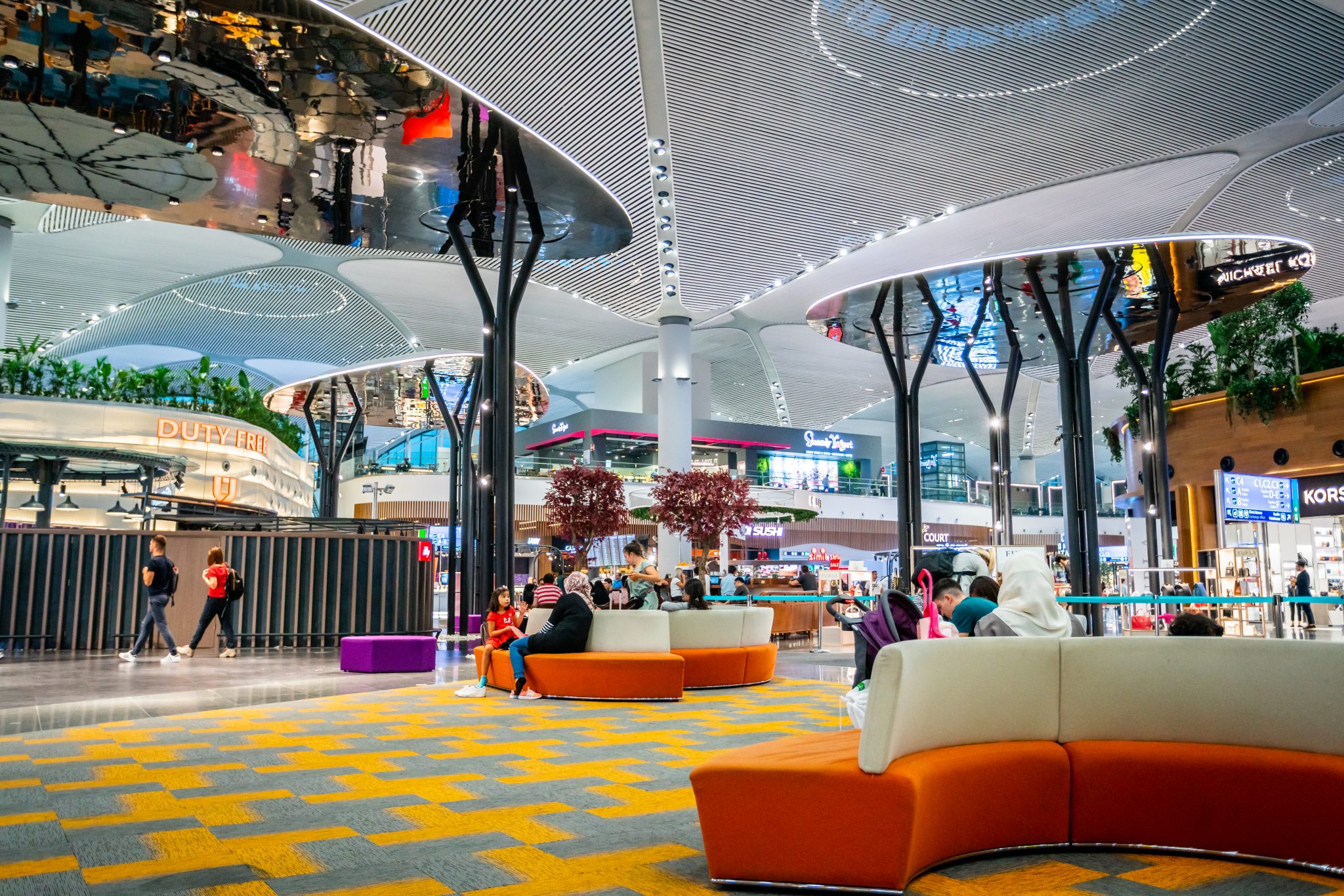Airport Lighting
Dynamic LED Lighting for Airports
Overview
Airports are bustling hubs of activity, requiring efficient and effective lighting solutions to ensure safety, comfort, and energy efficiency. Dynamic LED lighting systems can significantly enhance the airport experience for passengers, staff, and airlines.

Key Features
Adaptive Brightness Control:
- Day-Night Transition:Automatically adjusts brightness based on natural light levels, reducing glare during the day and providing sufficient illumination at night.
- Occupancy Sensors:Lights up areas only when occupied, saving energy in less-trafficked zones like hallways and storage areas.
Color Temperature Tuning:
- Wayfinding:Utilizes different colors to guide passengers to various zones such as check-in counters, baggage claims, and boarding gates.
- Circadian Lighting:Adjusts color temperature to support passengers’ and employees' circadian rhythms, helping to reduce jet lag and improve overall well-being.

Emergency and Safety Integration:
- Emergency Lighting:Automatically switches to emergency lighting mode during power outages or emergencies, clearly marking exits and safe pathways.
- Runway and Taxiway Illumination:Provides bright, clear lighting for safe take-offs, landings, and taxiing, with integration into the airport’s air traffic control systems.
Energy Efficiency:
- LED Technology:Uses energy-efficient LED bulbs, which consume less power and have a longer lifespan compared to traditional lighting solutions.
- Smart Controls:Integrates with the airport’s energy management system to optimize lighting schedules and reduce energy consumption.
Aesthetic and Functional Design:
- Architectural Lighting:Enhances the visual appeal of the terminal with decorative lighting features, creating a welcoming atmosphere.
- Display and Information Lighting:Ensures flight information displays, advertisement screens, and retail areas are well-lit and easily visible.

Implementation
Assessment and Planning:
- Conduct a thorough assessment of the current lighting infrastructure.
- Develop a detailed plan that includes the placement of fixtures, control systems, and integration points.
Installation and Integration:
- Install LED fixtures and sensors according to the design plan.
- Integrate the lighting system with the airport’s existing building management systems and IT infrastructure.
Testing and Calibration:
- Perform extensive testing to ensure all components function correctly.
- Calibrate sensors and control systems for optimal performance.

Maintenance and Upgrades:
- Establish a maintenance schedule to ensure longevity and reliability.
- Plan for future upgrades to keep the system up-to-date with technological advancements.
Benefits
- Enhanced Safety:Improved visibility in all areas of the airport.
- Increased Comfort:A better experience for passengers and staff through adaptive lighting.
- Energy Savings:Reduced energy costs and carbon footprint.
- Operational Efficiency:Streamlined operations with integrated lighting controls.
This dynamic LED lighting solution can transform an airport into a modern, efficient, and pleasant environment, meeting the needs of all its users.
